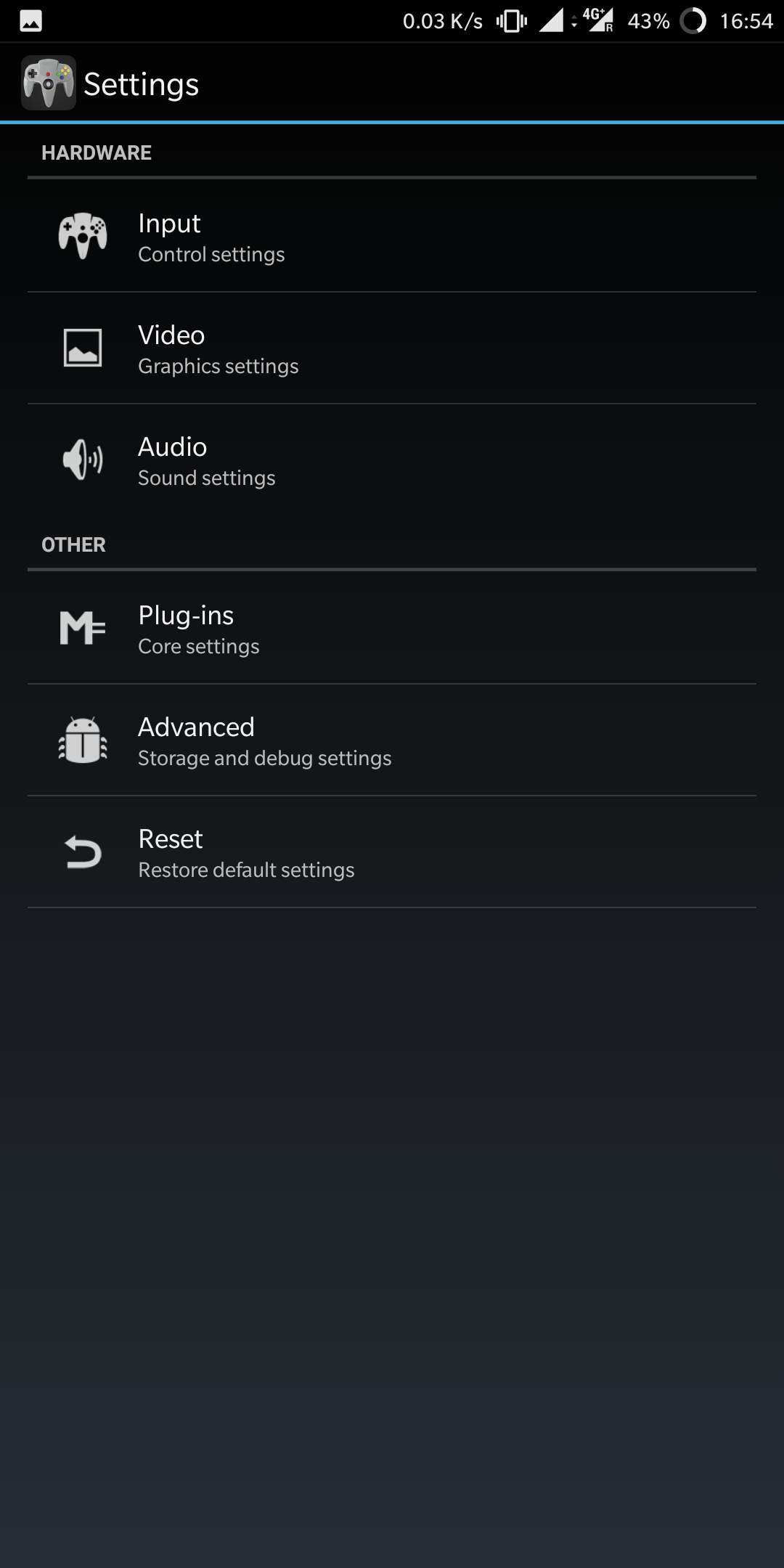
System Name: This corresponds to the conventional ‘database’ setting, used to name the resultant playlist and to identify thumbnails. The starting path for this is configured via the normal File Browser path in Settings > Directory, so it is highly recommended to set this first before beginning a scanning session. The interface looks like this:Ĭontent Directory: Select directory to scan. a ‘dumb’ scanner that matches all files (based on user configuration) without checking the databases.
#RETROARCH FOR MAC 2019 MANUAL#
Talk about another long-requested feature, here it is finally!įrom this version on, there is a new simple manual content scanner - i.e. Manual content scanner (w/o checking the database) This saves us bandwidth and you bandwidth and time. If not, it will inform you that this core is already updated to the latest version, and therefore RetroArch won’t bother downloading the core again.

If so, it will download the core and rewrite the existing core. Before downloading a core, RetroArch will check if the core available on the buildbot is newer. This brings us to the second biggest improvement. When you were updating a core before, you had no idea whether you are downloading the same versioned core, or whether it was a newer version. Two, the uncertainty of whether or not an updated core is even available.
#RETROARCH FOR MAC 2019 UPDATE#
One, the tedium of having to update your cores one by one. This fixes a number of serious issues that people had with the update process before. It will check every single installed core, verify if there is an updated core on our buildbot, and upon detecting that the version on the buildbot is newer, it will download the new core automagically for you. You can now update all the cores you have installed by going to Online Updater and selecting ‘Update Installed Cores’. One of the most requested features since the beginning! Update all your installed cores with one simple press!
#RETROARCH FOR MAC 2019 HOW TO#
To learn more about how to use it, read our dedicated wiki page on it. There’s an entire article dedicated to this feature alone - read our blog post here to learn more.

Right now, it is only implemented on Windows, macOS and Linux.

This feature can be found under Settings -> Accessibility. Now, with version 1.8.2, we are once again heading into uncharted waters where fear will dare, and introducing fullblown accessibility features for blind people. Especially handy for all those dozens of old Japanese video games that never saw a translation either due to lack of financial interests/feasibility or obscurity. This exciting feature makes it possible to do on-the-fly machine translation of foreign languages to any language of choice. With RetroArch 1.7.8, we introduced the AI Service. In addition to being able to support us on Patreon, there is now also the option to sponsor us on Github Sponsors! You can also help us out by buying some of our merch on our Teespring store! Big features Accessibility for blind people If you’d like to show your support, consider donating to us. This project exists because of your support and belief in us to keep going doing great things. Remember that this project exists for the benefit of our users, and that we wouldn’t keep doing this were it not for spreading the love with our users. Merry Christmas, everyone! RetroArch 1.8.2 has just been released.


 0 kommentar(er)
0 kommentar(er)
